Please check this site for possible changes in location or additional information.
The afternoon program is in the aula of the Main Building.
| 09:30 | coffee | |
|---|---|---|
| 09:50 | Bas Kooijman: welcome | |
| 10:00 | Jean-Christophe Poggiale: Mathematical formulation of biological processes in ecology: a matter of scale | |
| 10:30 | Marianne Alunno-Bruscia: Five years of DEB application in aquaculture by the AQUAdeb group | |
| 11:00 | coffee | |
| 11:15 | Carlos Braumann: Population extinction times and consequences of an incorrect model specification | |
| 11:45 | Nico Stollenwerk: Dynamic noise, chaos and parameter estimation in population biology | |
| 12:15 | lunch at VU restaurant (ground floor main building) | |
| 13:45 | Starrlight Augustine: Metabolic programming of zebra fish, Danio rerio, uncovered; | |
| 15:15 | coffee/tea | |
| 15:45 | Maira Aguiar: Rich dynamics in multi-strain models: non-linear dynamics and deterministic chaos in dengue fever epidemiolgy | |
| 17:15 | reception by Starrlight + Maira | |
| 18:00 | party for invitees by Starrlight and Maira |
 In this talk, I present some work dealing with the choice of different mathematical expressions satisfying similar ecological assumptions and analyze the consequences of these choices.The ideas are illustrated with communities models.
These examples raise the importance of the choice of a mathematical formulation in a model and introduce the concept of structural sensitivity.
I will provide some tools to measure the structural sensitivity and some criteria to detect it.
I then discuss the role of theory to sustain modeling biological processes in ecology, by providing formulations based on a coherent set of assumptions instead of quality of data fitting.
In this talk, I present some work dealing with the choice of different mathematical expressions satisfying similar ecological assumptions and analyze the consequences of these choices.The ideas are illustrated with communities models.
These examples raise the importance of the choice of a mathematical formulation in a model and introduce the concept of structural sensitivity.
I will provide some tools to measure the structural sensitivity and some criteria to detect it.
I then discuss the role of theory to sustain modeling biological processes in ecology, by providing formulations based on a coherent set of assumptions instead of quality of data fitting.
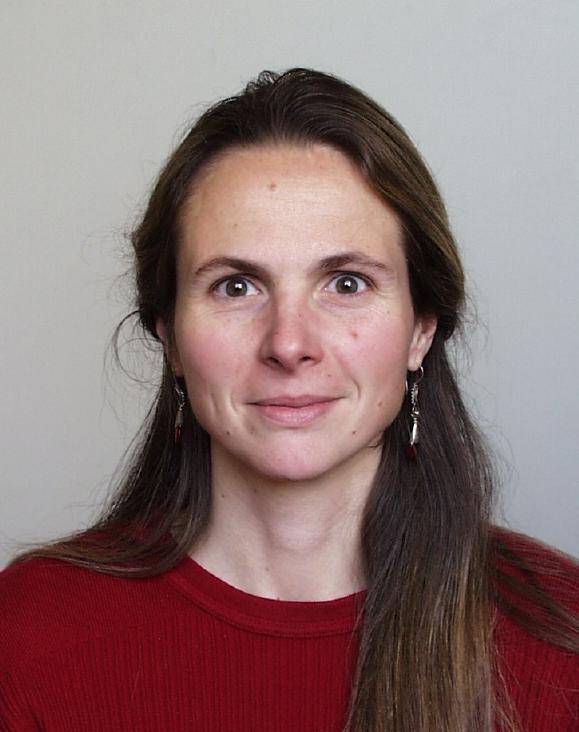 I will summarise the progress made during the 5 years running time of the AquaDEB project.
The main scientific objectives in AquaDEB were
I will summarise the progress made during the 5 years running time of the AquaDEB project.
The main scientific objectives in AquaDEB were
Click here for an extensive summary; the project won the IFREMER-price for scientific excellence in 2011.
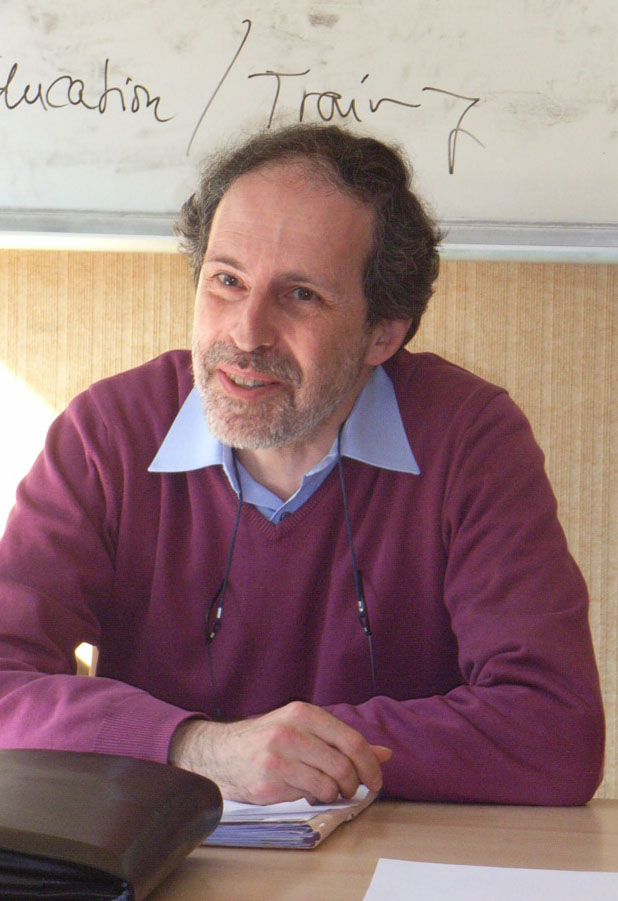 We consider stochastic differential equations to model the growth of a population in a randomly varying environment.
Traditionally, the models used are based on classical deterministic models, such as the logistic or the Gompertz model, taken as approximate models of the "true" (usually unknown)
mean growth rate.
How accurate are our conclusions, based on an approximate such model, differ from the conclusions based on the "true" model?
We will look at the asymptotic behavior and at the mean and variance of the time to population extinction.
This will shed some light on whether we can trust, with some degree of accuracy, the predictions based on the approximate model, certainly a simpler model to deal with.
We consider stochastic differential equations to model the growth of a population in a randomly varying environment.
Traditionally, the models used are based on classical deterministic models, such as the logistic or the Gompertz model, taken as approximate models of the "true" (usually unknown)
mean growth rate.
How accurate are our conclusions, based on an approximate such model, differ from the conclusions based on the "true" model?
We will look at the asymptotic behavior and at the mean and variance of the time to population extinction.
This will shed some light on whether we can trust, with some degree of accuracy, the predictions based on the approximate model, certainly a simpler model to deal with.
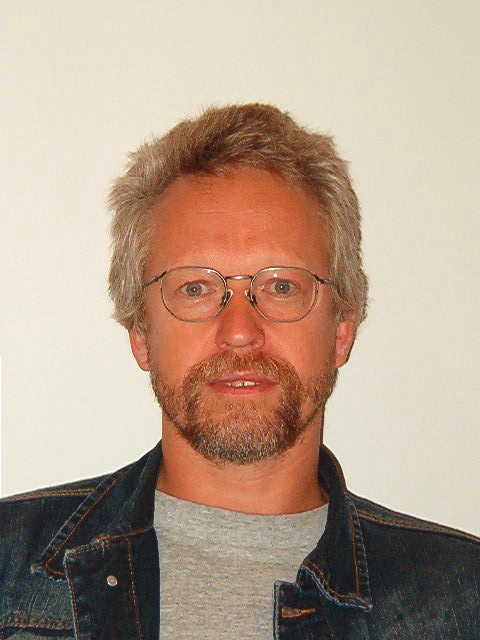 We revisit the parameter estimation framework for population biological dynamical systems, and apply it to calibrate various models in epidemiology with empirical time series, namely influenza and dengue fever.
When it comes to more complex models such as multi-strain dynamics to describe the virus-host interaction in dengue fever, even the most recently developed parameter estimation techniques, such as maximum likelihood iterated filtering, reach their computational limits.
However, the first results of parameter estimation with data on dengue fever from Thailand
indicate a subtle interplay between stochasticity and the deterministic skeleton.
The deterministic system on its own already displays complex dynamics up to deterministic chaos and coexistence of multiple attractors.
We revisit the parameter estimation framework for population biological dynamical systems, and apply it to calibrate various models in epidemiology with empirical time series, namely influenza and dengue fever.
When it comes to more complex models such as multi-strain dynamics to describe the virus-host interaction in dengue fever, even the most recently developed parameter estimation techniques, such as maximum likelihood iterated filtering, reach their computational limits.
However, the first results of parameter estimation with data on dengue fever from Thailand
indicate a subtle interplay between stochasticity and the deterministic skeleton.
The deterministic system on its own already displays complex dynamics up to deterministic chaos and coexistence of multiple attractors.
Click here for an extensive summary
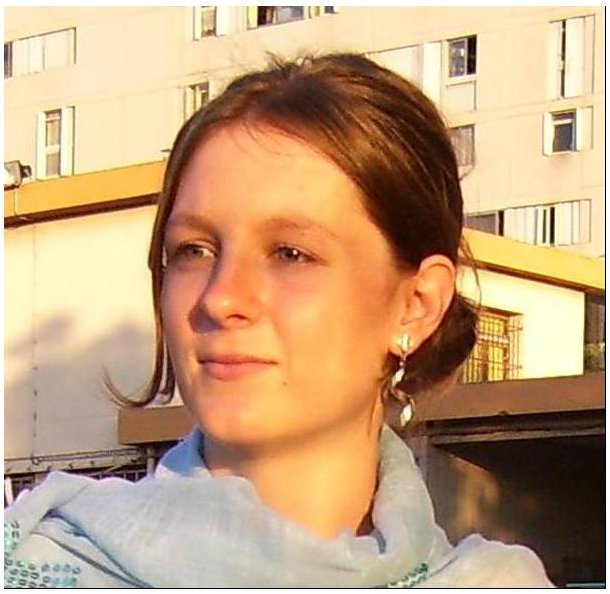
| 13:45 | welcome by Bauke Oudega (Rector Magnificus) in Aula | |
|---|---|---|
| promotores Bas Kooijman & Christelle Adam, copromotor Beatrice Gagnaire | ||
| 13:45 | Introduction by Starrlight Augustine | |
| 13:55 | Prof. Dr. J.-C. (Jean-Christophe) Poggiale | |
| 14:05 | Dr. M. (Marianne) Alunno-Bruscia | |
| 14:15 | Prof. Dr. H. (Herman) Spaink | |
| 14:25 | Dr. J. (Juliette) Legler | |
| 14:35 | Prof. Dr. J. (Jaap) van der Meer | |
| 14:45 | end of defence | |
| 15:15 | end of ceremony |
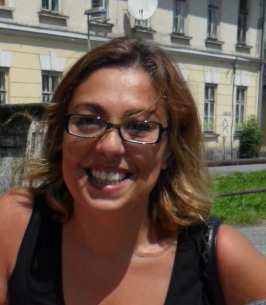
| 15:45 | welcome by Bauke Oudega (Rector Magnificus) in Aula |
|---|---|
| promotores Bas Kooijman & Fancisco Dionisio, copromotor Bob Kooi | |
| 15:45 | Introduction by Maira Aguiar |
| 15:55 | Prof. Dr. E. (Eduardo) Massad |
| 16:05 | Prof. Dr. C. (Carlos) Braumann |
| 16:15 | Prof. Dr. J.-C. (Jean-Christophe) Poggiale |
| 16:25 | Dr. D. (Daniel) Bontje |
| 16:35 | Prof. Dr. J. (Jaap) van der Meer |
| 16:45 | end of defence |
| 17:15 | end of ceremony; drinks |